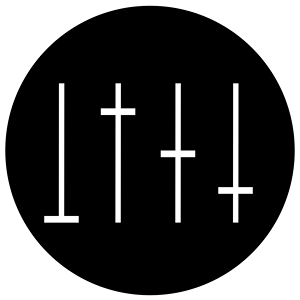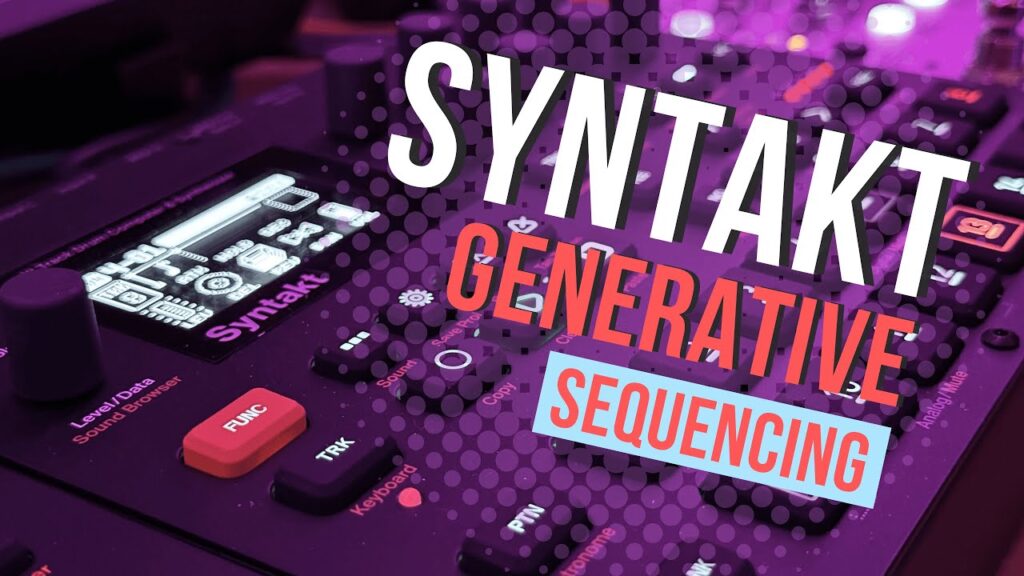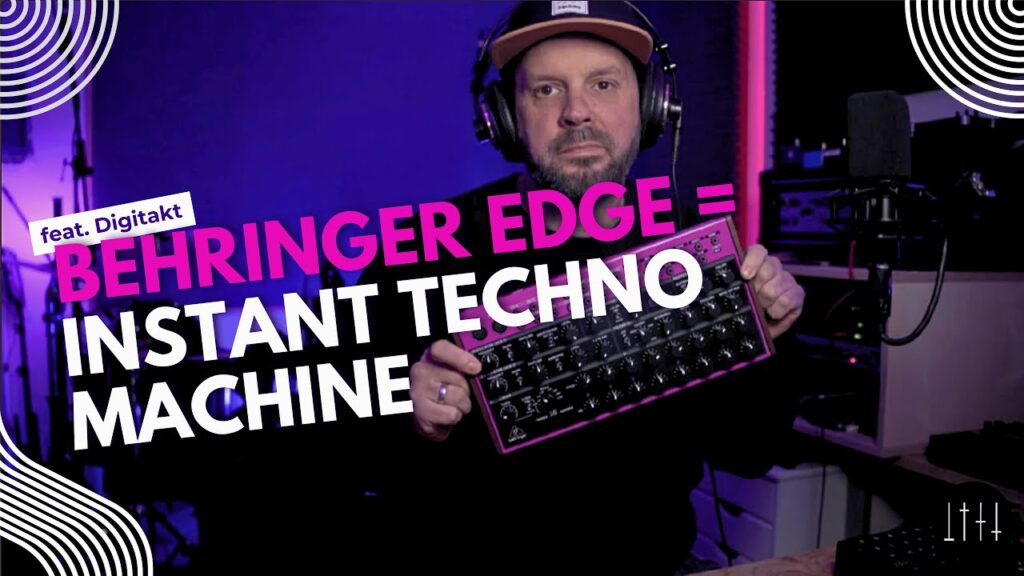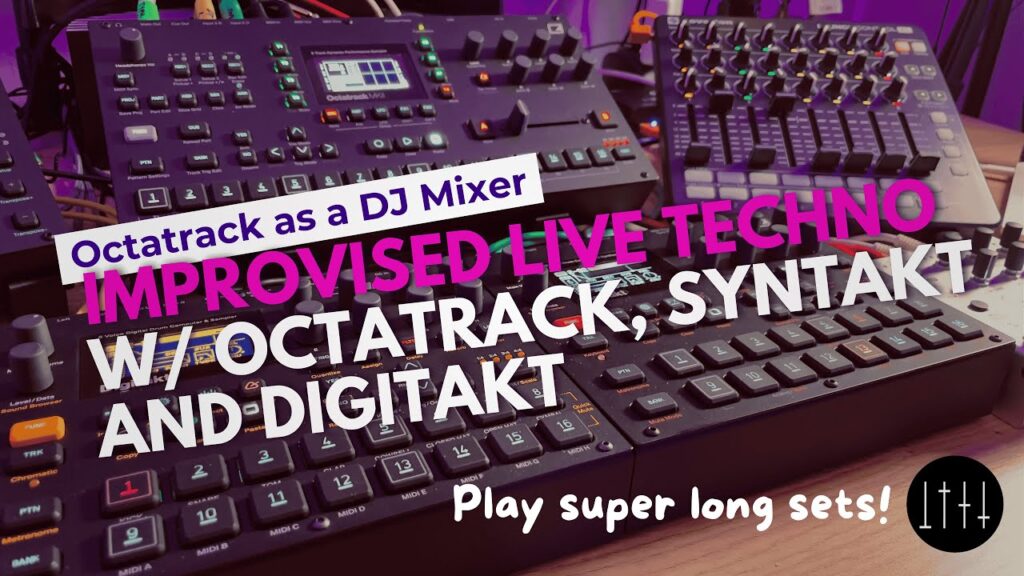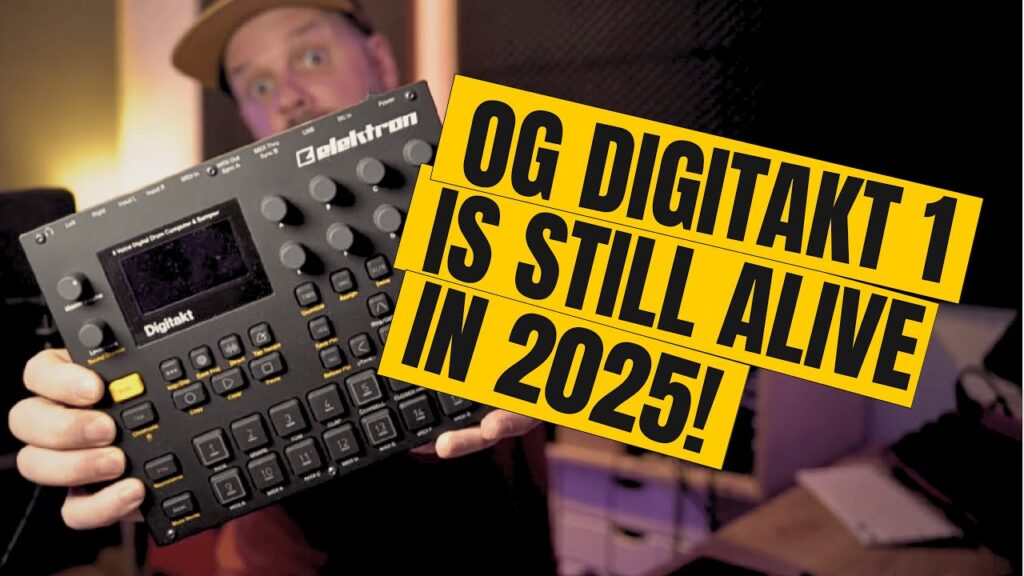
Why I’m Still In Love with the Original Digitakt — And You Should Be Too
Hey everyone,
Lately, I came across a really eye-opening video by Red Means Recording called Consumerism in Music Technology Sucks. I’ll share the link below because it’s a must-watch for anyone who’s ever felt that itch to constantly upgrade gear. The video dives deep into how capitalism drives brands to design devices that always leave something out just so they can sell us newer versions later on. Sound familiar? For us gear nerds, it’s way too easy to get caught up chasing the latest and greatest, forgetting the magic that’s still hiding in the gear we already own.
That got me thinking about a piece of gear that I’ve been using for years: the original Elektron Digitakt. Sure, the Digitakt 2 is an absolute beast, packed with tons of shiny new features and improvements. But here’s the thing — I’m still deeply in love with the OG Digitakt. And maybe you should be too. Let me explain why.
The Digitakt 1 Is More Than Just a Sampler — It’s a Playground for Creativity
The Digitakt is often described as a drum machine, but at its heart, it’s a sampler. And that’s what makes it so versatile — it can be whatever you want it to be. I’ve used mine to sample everything from synth lines to random snippets from voice memos I recorded on my phone, Instagram sounds, or even environmental noises. Then I mangle those samples with LFOs, filters, and some of the powerful “tricks” that Elektron machines offer.
Even though it’s somehow limited, it still inspires me every time I sit down with it. That feeling hasn’t faded, even with newer gear tempting me from the sidelines. And honestly, I think it’s because the Digitakt 1 encourages you to be creative within limits. The restrictions force you to come up with clever ways to transform simple sounds into something rich, evolving, and unique.
Keeping Live Setup Simple: Why I Leave the Digitone 2 at Home
When it comes to live performances, I’m all about minimizing gear. Carrying fewer devices means less hassle with cables and setup, and it keeps the desk uncluttered so I can focus on the music instead of the logistics.
So, when I play live, I usually stick with just three devices:
- The original Digitakt for sampling and melodic sequences,
- A dedicated drum machine for beats,
- And one more synth for bass or leads.
I don’t take the Digitone 2 with me on stage, even though it’s technically more powerful. For me, the Digitakt 1’s workflow fits the live setup perfectly. Plus, I love using the Digitone 2 in the studio for sound design and soundscaping, then sampling those sounds into the Digitakt 1 for live performance.
Sampling & Sound Design on the Digitakt 1 — A Quick Walkthrough
Let me break down a typical sound design process I use with the Digitakt 1:
- Create or record a synth line with the Digitone 2 or another synth.
- Sample it directly into the Digitakt 1. This could be a simple chord progression, a melody, or even a pad.
- Trim the sample to get rid of unwanted parts.
- Load the sample onto a track and start triggering it. But here’s where the magic happens.
- Instead of triggering the entire sample every time, I program some trigs with „P-Locks“ in Elektron’s sequencer — things like changing the sample’s start point, reversing the playback, or changing the pitch.
- I modulate these parameters with LFOs, making the sample evolve over time, creating shifting melodies and textures.
- I add randomized trigger probabilities to keep things unpredictable, so the sequence feels organic and alive, not robotic or repetitive.
The result? A melody or chord progression that feels like it’s breathing and changing on its own — a sequence that you didn’t program note-for-note but feels full of life.
Why the Digitakt 1’s Limitations Are Actually a Blessing
People often look at the Digitakt 1 and see what it can’t do compared to the Digitakt 2. But here’s the secret: those “limitations” actually spark creativity. Instead of endless options paralyzing you, the Digitakt 1’s focused design pushes you to experiment within a sweet spot.
Because it’s a sampler, you can load any sound as your oscillator:
- A snare drum,
- A vocal phrase,
- A single cycle waveform
- Or even a random noise.
From there, you can loop it, tune it, filter it, and tweak the amplitude envelope — turning something ordinary into a unique sonic element.
For example, I once took a simple snare sample, looped it forward, tuned it, and shaped the decay and filter — all within 20 seconds on the Digitakt 1. The result? A playable synth-like sound born from a drum hit.
Should You Upgrade to Digitakt 2? My Take
I get asked this a lot. The Digitakt 2 is an awesome machine, no doubt. It adds great features like a better screen, more advanced modulation, and more sample tracks. But if you already have the Digitakt 1, you might not need to upgrade right away.
The Digitakt 1 is a fantastic machine that can keep up with your creativity for years. It’s especially perfect for people who want:
- A robust sampler,
- A live-friendly workflow,
- And a unique way to create evolving melodic content.
If you’re new to Elektron or want to save some cash, I strongly recommend hunting down a used Digitakt 1. You’ll get a ton of creative power without breaking the bank.
Final Thoughts: Resist the Upgrade Cycle and Embrace What You Have
In a world that constantly pushes us to buy new gear, it’s easy to forget that the tools we already own often have untapped potential. The original Digitakt is proof that you don’t need the latest model to make incredible music.
Instead of chasing every new release, try diving deeper into your existing gear. Explore the quirks and limitations, sample everything around you, and create workflows that inspire you.
And hey, if you haven’t already, check out the Red Means Recording video I mentioned. It’s a thoughtful reminder to focus on creativity over consumerism.
What about you? Do you still use the Digitone 1, or are you team Digitone 2? Drop your thoughts and experiences in the comments below — I’d love to hear how you approach this classic sampler.
If you found this post useful, subscribe for more gear insights and creative ideas. Until next time, stay creative, stay independent, and most importantly — have fun with your music.
Peace,
[Your Name]
